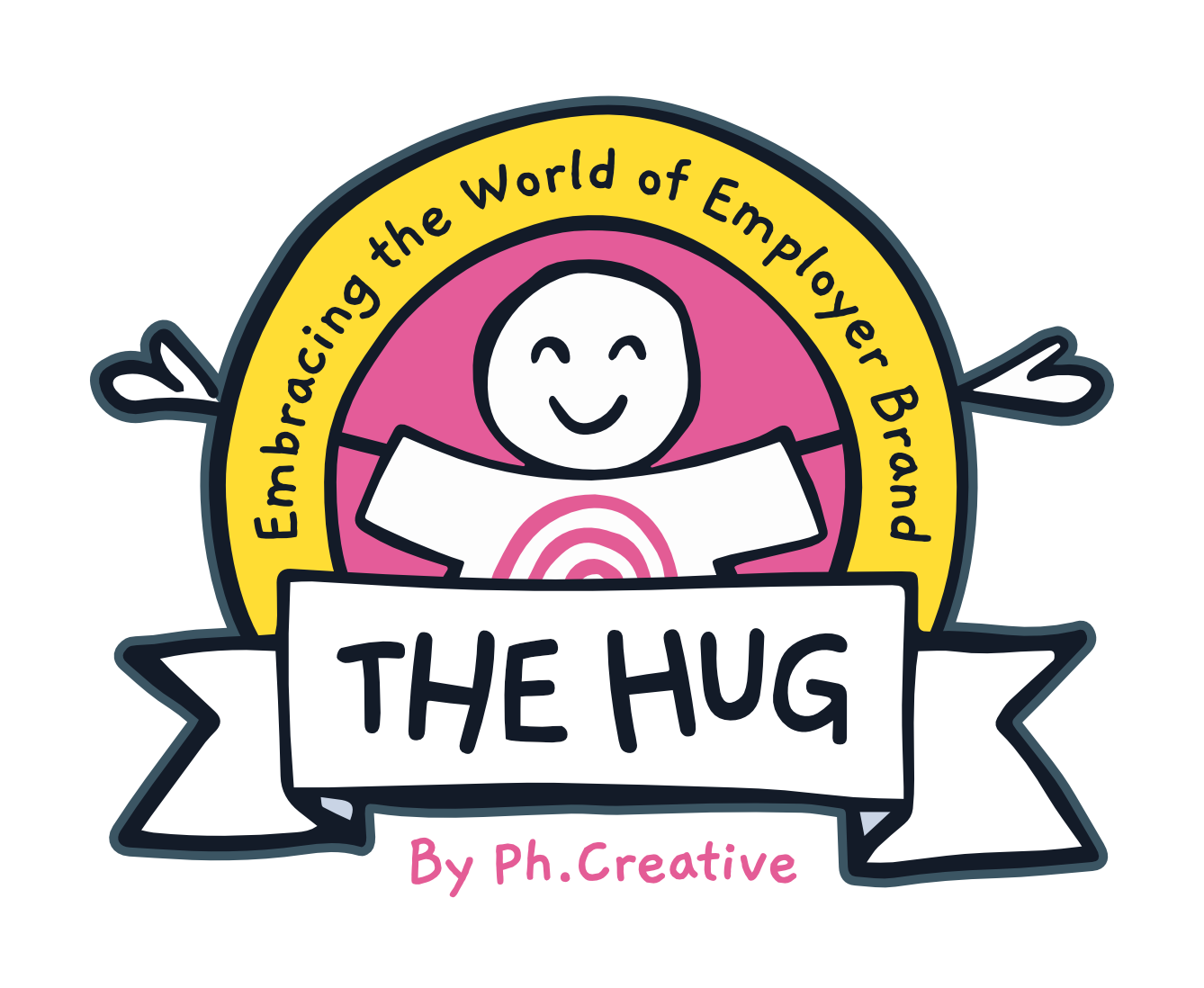How to Win Hires and Influence Talent
2 min read.
Ever wondered if you could double the effectiveness of your employer branding using simple human psychology?
There's a reason Dale Carnegie's How to Win Friends and Influence People sold over 30 million copies - it's bursting with clever ways to persuade and influence behaviour.
There are three main groups that every Employer Brand professional cares about winning over: current employees, prospective employees and stakeholders.
To that end, we’ve picked out the three most relevant lessons in Carnegie’s masterpiece to help you win hires and expand your influence.
Three Principles from 'How to Win Friends and Influence People'
1. Dramatise your ideas
To persuade talent to work for your organisation, you need an element of showmanship.
Just telling prospective employees, “This is a great place to work” while listing off perks doesn’t cut it. Every organisation is doing that.
To be clear, dramatising is not the same as exaggerating. It's not about embellishing the facts of your organisation, it's about presenting them in a more vivid and compelling way.
Carnegie uses the example of a man making a proposal. Does he simply tell his partner he loves them? No. He gets down on one knee, a sweeping gesture far more powerful than words alone. He's not exaggerating his feelings, he's emphasising them.
So how and where can you make such a gesture to talent?
A great place to start is job postings. Take the basic informative elements and present them in a way that ignites curiosity. Think of the description itself as a story you're taking the reader through.
Another outlet is social media. Take stock of the assets you’re putting out into the world. Is there a more dynamic way of communicating your stories?
Dramatising is also a useful principle for engaging key stakeholders with your project. Consider how you can dramatise what the current outlook is (using research to tell a story) versus what it could be. Draw special attention to the projected benefits the company will miss out on should they choose not to invest.
“This is the day of dramatization. Merely stating a truth isn’t enough. The truth is to be made vivid, interesting, dramatic. You have to use showmanship.”
2. Throw down a challenge
Giving people a challenge is a potent technique for influencing their decisions.
Not convinced?
Think about how many ‘Nos’ have transformed into ‘Yesses’ under the strange magnetism of three little words - I dare you.
This is why the best employer brands embrace the challenges and adversities of the working experience within their messaging.
They go beyond a traditional “your skills for our benefits” value exchange by throwing down a gauntlet that says “This is what you need to thrive at our organisation. It’s not always easy because of x, y and z. Do you have what it takes?”
Every human being, whether they realise it or not, has the intrinsic desire to excel. A desire you can tap into with this technique.
Ask employees about their hardest day at the company, the biggest challenges they've faced; dig deeper on what the hard times look like, and why they stay.
Use all of this insight when building your job descriptions and messaging.
“This is what every successful person loves: the game. The chance for self-expression. The chance to prove his or her worth, to excel, to win… the desire for a feeling of importance.”
3. Let the other person feel that the idea is his or hers
A top challenge in employer branding is getting key stakeholders on board with the project.
According to Carnegie, the best way to ‘win’ someone’s attention and advocacy is to make them feel as though an idea aligns with their own ideas and intuition.
Chief executives don’t want to be ‘sold’ your vision for an employer brand. They want to know, in language they can relate to, what the return of investment will be for elements of the business they have stakes in. They need to be able to draw insights from your pitch that help them to conjure a vision of their own.
Unless you align your employer brand objectives with wider company priorities, you won't get the buy-in you need.
“No one likes to feel that he or she is being sold something or told to do a thing. We much prefer to feel that we are buying of our own accord or acting on our own ideas.”
For anyone dubious as to whether these habits will work for their organisation, Carnegie says it best:
“You may be right. Nothing will work in all cases – and nothing will work with all people. If you are satisfied with the results you are getting, why change? If you are not satisfied, why not experiment?”
Sign up to our blog

Every other Thursday we share:
✔ One feature full of our freshest insights
✔ An expert hack you'll love to use
✔ The links you need now
+ other helpful bits for thousands of EB and TA pros just like you

